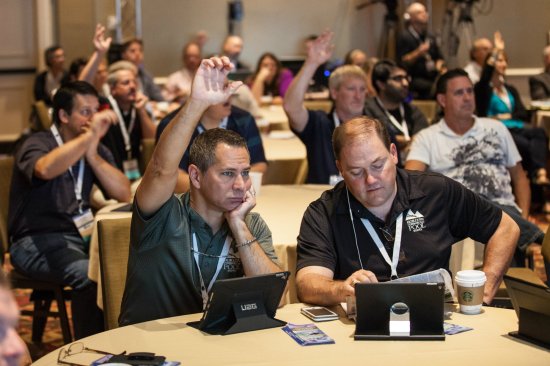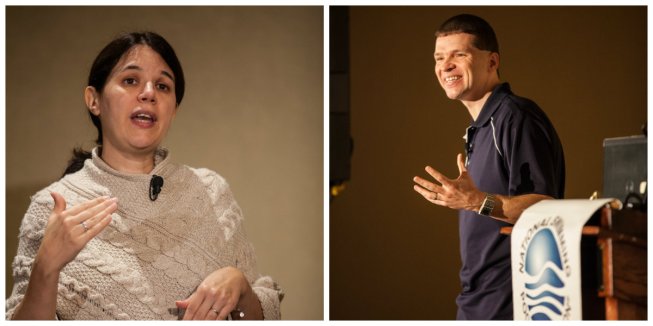The 13th World Aquatic Health Conference saw an increase in sponsors and participation of niche groups — and nearly matched its overall attendance record.
Four hundred aquatics professionals, government officials and scientists attended the event, held Oct. 19-22 in Nashville, Tenn. This included 188 first-timers and came just 10 short of its overall record, said Jacki Krumnow, public relations specialist for the National Swimming Pool Foundation, which organized the conference.
This year’s WAHC saw more attendance than ever of government officials — a group that organizers have been trying to bring into the fold. NSPF has done this in part by holding an environmental health meeting the day before the conference officially opens. This year, 55 health officials attended, representing 29 states plus Canada.

“Making sure that our government is there with us and supporting the decisions we make and the education we put forth is really important to our direct mission of keeping pools open and safer,” Krumnow said.
The tabletop function accompanying the sessions also saw one of its highest turnouts, with 26 vendor sponsors and nonprofit groups participating. The conference enjoyed its highest representation of CPO instructors — 155. In all, 13 countries were represented and five international speakers gave presentations.
The annual meeting of the minds went beyond its signature issues of safety and water quality. Organizers also sought to reinforce the lifestyle and health benefits of water through its two keynote speakers and various sessions.
Wallace J. Nichols, author of the book Blue Mind, presented a personal account of how water enhanced his life and outlined the science supporting what aquatics professionals have known all along — that even the mere proximity to water can enhance one’s physical and mental well being. Endurance swimmer Bruckner Chase gave the second keynote, relating his personal experience with water and showing how he has spread that message to others. The keynote speakers also teamed up to lead sessions helping attendees solidify their own experiences with water so they can spread the word.

The event also featured well-attended “listening stations” regarding the Model Aquatic Health Code. In these sessions, attendees could ask questions, make suggestions and learn the process of updating the country’s first federally produced model aquatics code.
“We’re really big supporters of the MAHC and trying to get it available in all states,” Krumnow said.

Instructors (L-R): Michele Hlavsa (CDC); James Amburgey, Ph.D. (University of North Carolina, Charlotte)
An Aquatic Therapy Day saw attendees jump in the pool with instructor Andrea Salzman to learn immediately applicable treatment ideas. Other highlights included an all-day filtration track, taught by James Amburgey, Ph.D., an associate professor at University of North Carolina at Charlotte, and an explanation of the CDC’s efforts to track pool closures and violations, given by Michele Hlavsa.
“We definitely believe that this year’s event helped spread the mission of keeping pools open and safer, further and wider,” Krumnow said. “We hope to continue growing on the momentum that we have this year and hope that it will be even bigger and better.”
Next year’s World Aquatic Health Conference will take place Oct. 18-20 in Denver.
